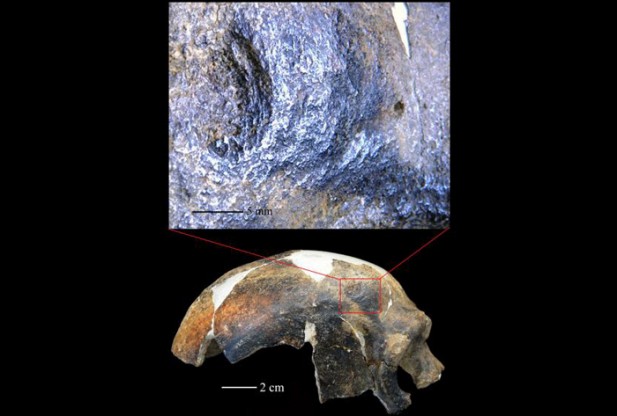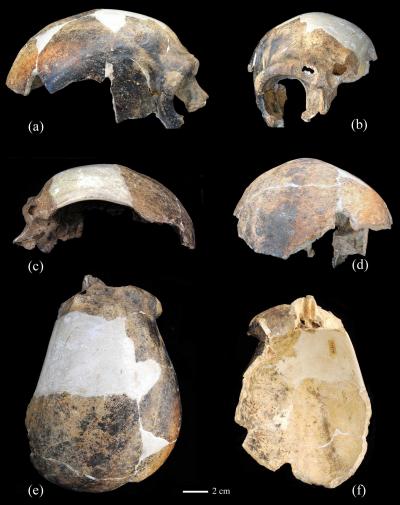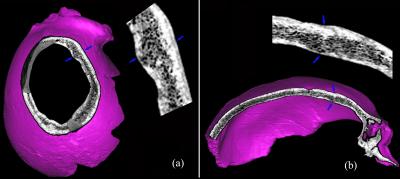
The report suggests that a half-inch ridged, healed lesion with bone depression inward to the brain resulted from localized blunt force trauma due to an accident or interhuman aggression.
"This wound is very similar to what is observed today when someone is struck forcibly with a heavy blunt object," Lynne Schepartz from the School of Anatomical Sciences at the University of the Witwatersrand, one of the co-authors of the study, said in a press release.
He said that this wound could be the oldest example of interhuman aggression and human induced trauma documented.
"It's remodeled, healed condition also indicates the survival of a serious brain injury, a circumstance that is increasingly documented for archaic and modern Homo through the Pleistocene."

"(The human) would have needed social support and help in terms of care and feeding to recover from this wound," He said in a press release.
The cranium was discovered with the remains of other mammals in June 1959 in a cave at Lion Rock in Guangdong province, China.

The fossil was analyzed visually using stereomicroscopy and a high-resolution industrial CT scanner.
The study was published in the Proceedings of the National Academy of Sciences of the United States of America on Monday.



What the Ice didn't wipe out, the jungle rotted, the oceans drowned and the desert sands obliterated. For all our technical achievements, it's still the same human race after all.
100,000+ years from now, as the world once again rises from the Next Ice Age, will there be another human race to rise also?